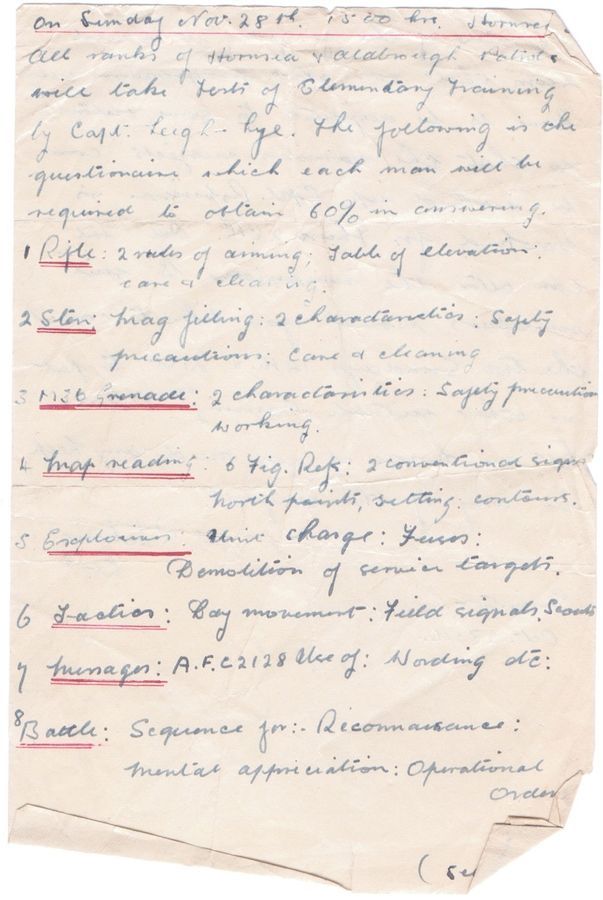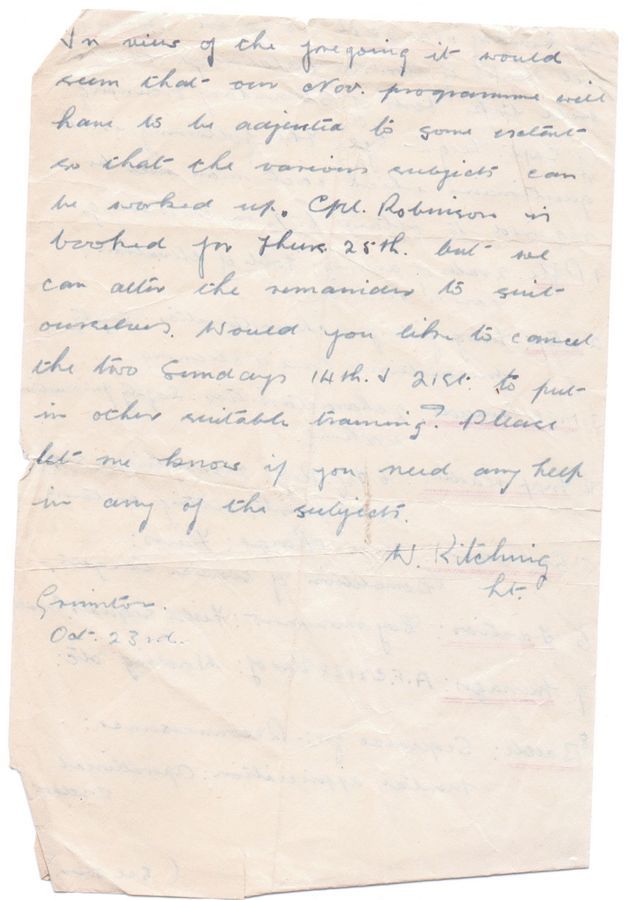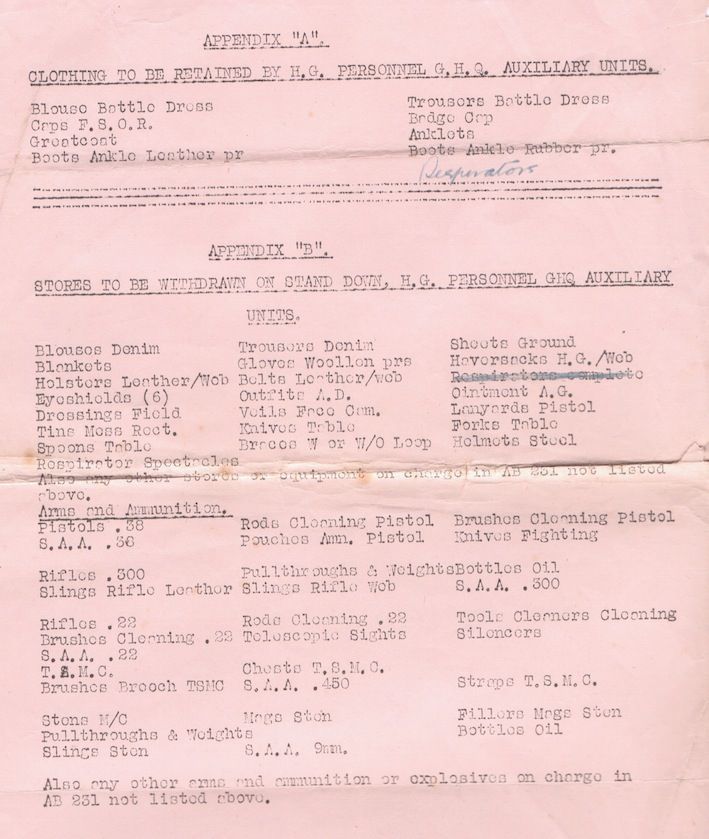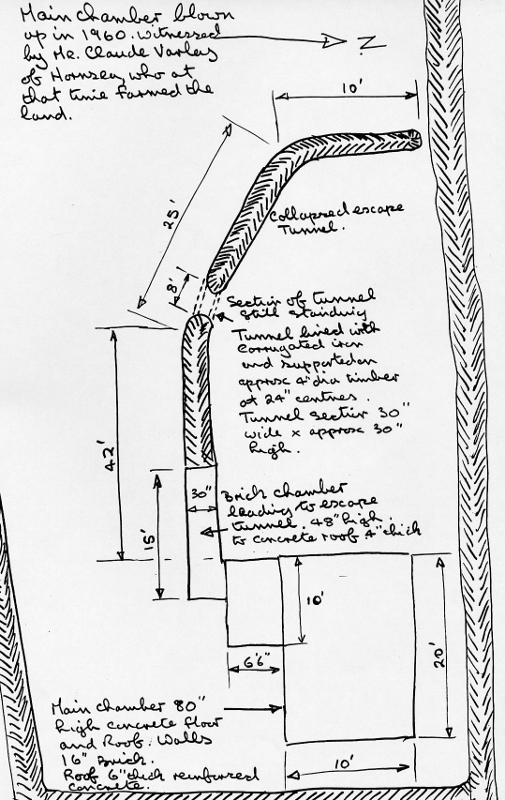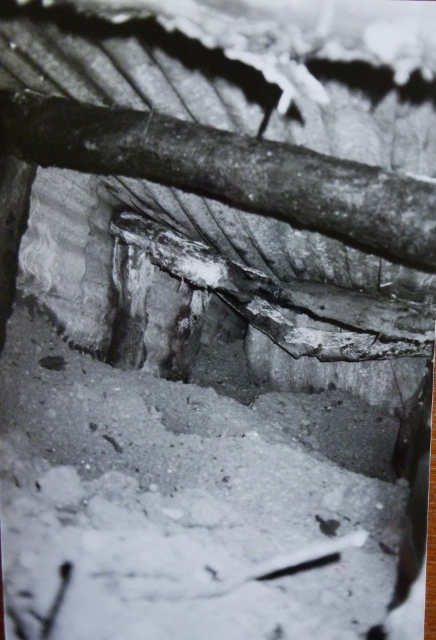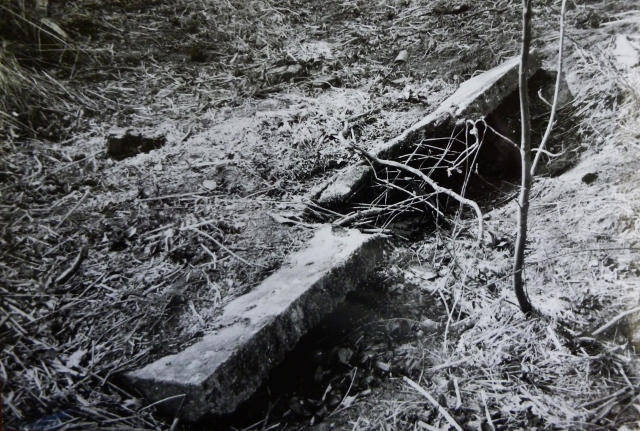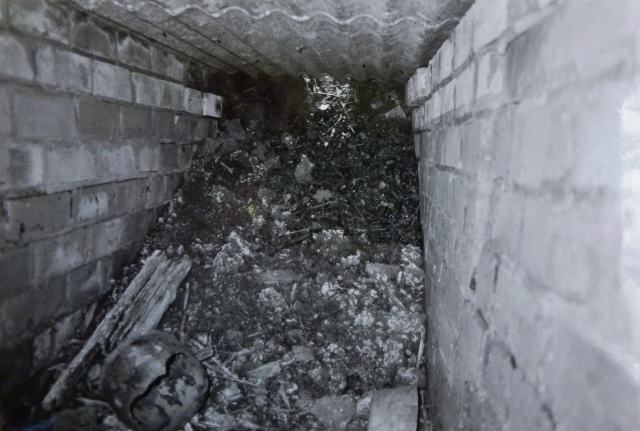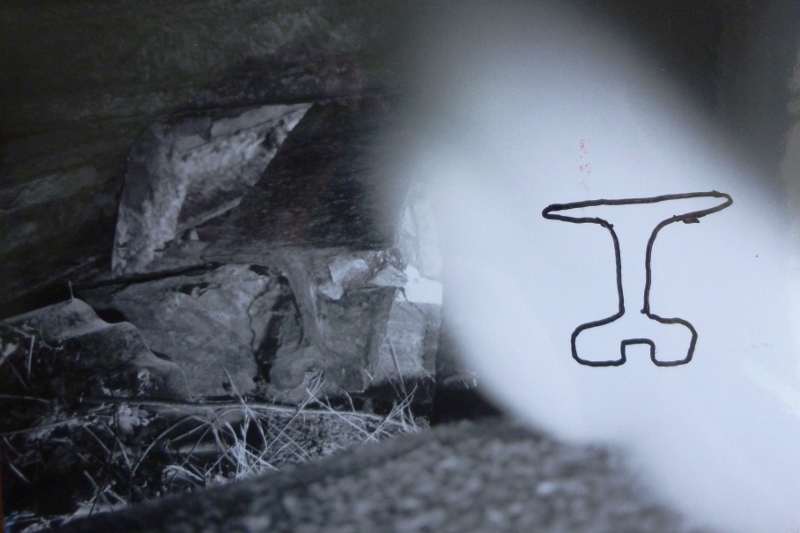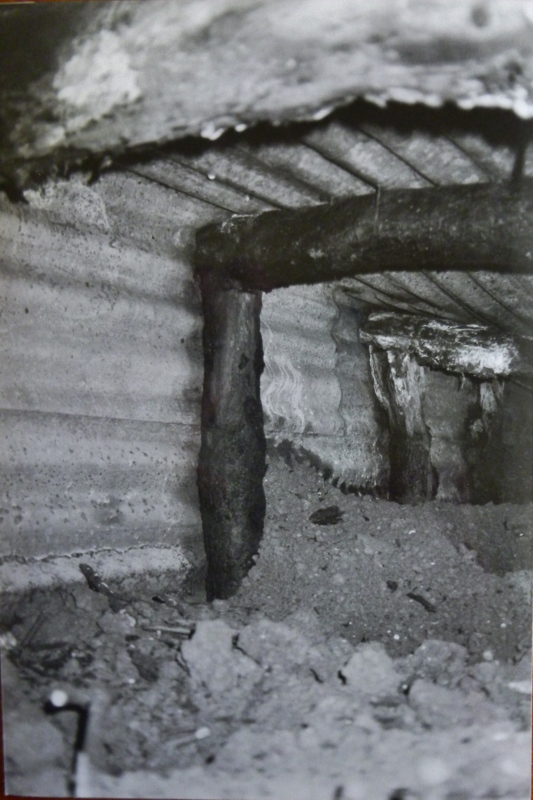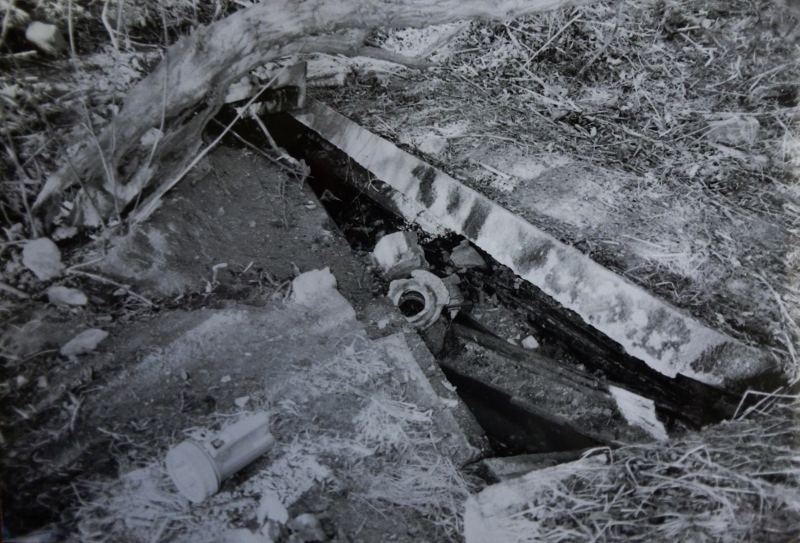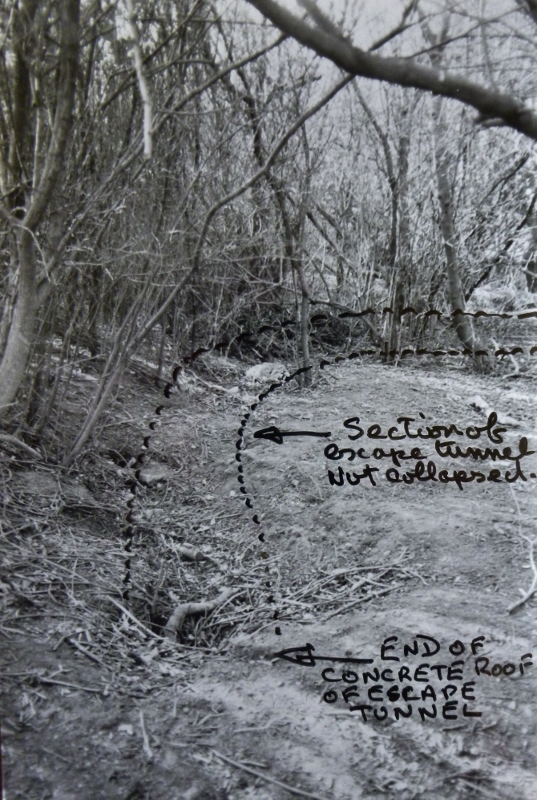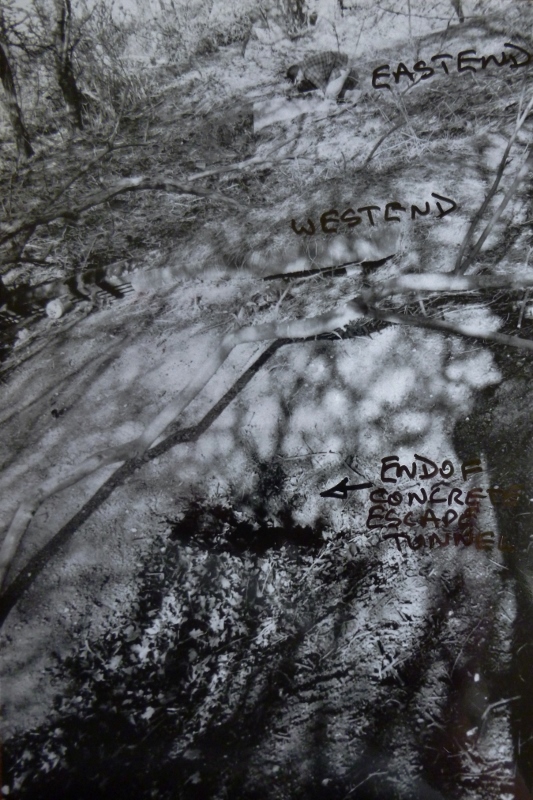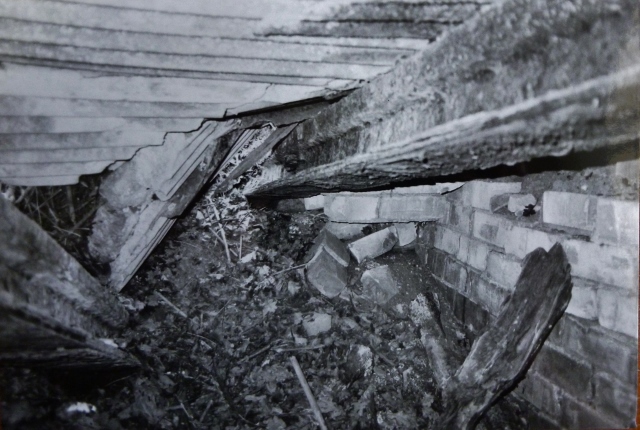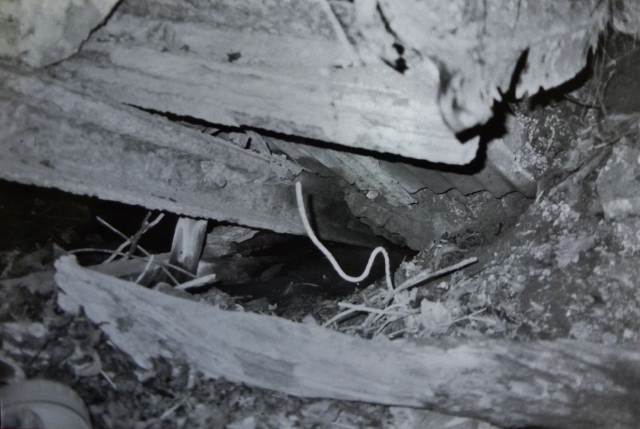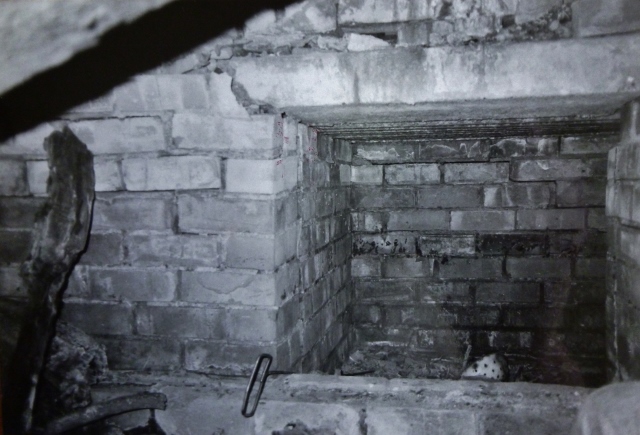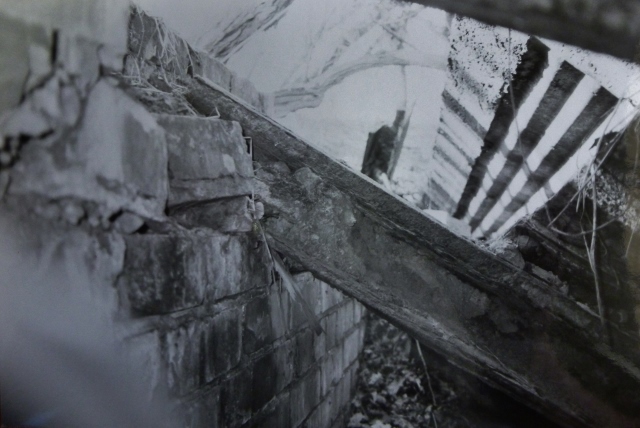The Goxhill Patrol were based to the south-west of Hornsea on the Yorkshire coast in the East Riding.
| Name | Occupation | Posted from | Until |
|---|---|---|---|
| Sergeant Stanley Gladstone French | Dentist |
Unknown | 03 Dec 1944 |
| Corporal Arthur Samuel Pratt | Machine organiser |
Unknown | 03 Dec 1944 |
| Private Robert Francis Bell | Pig farmer |
Unknown | 03 Dec 1944 |
| Private Stanley Fenton Cookson | Accountant |
Unknown | 03 Dec 1944 |
| Private George Robert Dowson | Railway clerk |
Unknown | 03 Dec 1944 |
| Private Frank Hartley | Clerk |
Unknown | 03 Dec 1944 |
| Private Allanson Hick | Architect |
Unknown | 1941 |
| Private Barrie Shaw-Maclean | Civil engineer |
Unknown | 03 Dec 1944 |
The Patrol OB was located close to the railway line and Goxhill Farm, to the south west of Hornsea.
It was an "L" shaped concrete bunker designed by one of the Patrol, Allanson Hick, who was an architect.
The OB was approximately 20 feet by 15 feet with a an entrance tunnel on the east side and a 40 foot wooden shuttered escape tunnel leading away from the southwest corner.
In a letter, thought to be from Sergeant French to an unknown person, he describes a four foot high brick passage as the entrance into the OB. He also said they had a 40 foot timber escape tunnel.
Documents show the Patrol had 2 field telephones which means there must have either been an Observation Post near the OB or at least one planned. It appears in 1942 that only 3 mattresses were issued for the OB.
Auxilier Claude Varley (Bewholme Patrol) later farmed the land where the OB was built and witnessed it being blown up in 1960 by the Royal Engineers as part of an exercise.
Goxhill Patrol
The whole town of Hornsea was turned into a garrison during the war. A number of regiments and the Free French under General Declrec were based around the area. Security was very tight and a pass was required from the military to enter or leave the town. The Coast and beaches at Hornsea were heavily fortified as it allowed good landing areas for a invasion force.
Possible targets would have included possible landing grounds at North and South Cliff on the coast along with the Bridlington and Hull railways lines and several large country houses that would be German HQs.
Military targets would include RAF Catfoss and Hornsea Mere RNFS Base.
Some original documents were kindly donated to us by Keith Bedson. They belonged to Sergeant Stanley French. We hold many more documents on file for this Patrol relating to equipment and training.
Some of the Patrol went to Coleshill House for specialist courses.
Locally the Patrol would have trained at Rise Country Park, Rowlston Rifle Range and Danby Lodge at Middleton on the Wolds.
According to documents dated 20 June 1942 the Patrol had at least one Thompson and 3 rifles with bayonets. Only 2 knuckledusters and wood truncheons although this could have changed.
Sergeant French's 1937 Calendar was bought by Mr. Paul Bell. There are several hand written reference numbers on it. One is JBLT 198/7 which is the Sergeant's National Registration number.
The other numbers refer to two mined areas near the town with pillbox cover, obviously noted to avoid these. Another is where the Border Regiment had set up 18lb guns under the cover of Low Wood and the last is Wassend Hall used by the Dorset Regiment as an HQ along with the Free French.
There is a very good book about the Hornsea area during WW2. It is by J.E.S Walker called "The Home Front, Hornsea & Holderness in the Second World War"
TNA ref WO199/3389
Hancock data held at B.R.A
1939 Register
Andy Gwynne
Walter Kitching Group C/O
Paul Bell and Keith Bedson
Site visit by Stephen Lewins. Site visit by George Dawes 1996 for Defence of Britain Project.
J.E.S Walker "The Home Front, Hornsea & Holderness in the Second World War"
